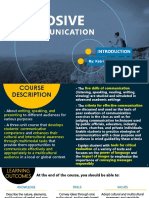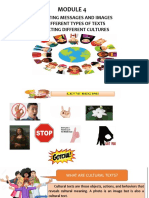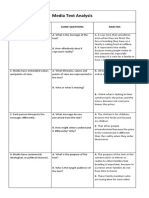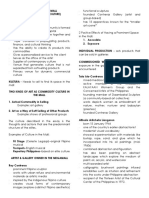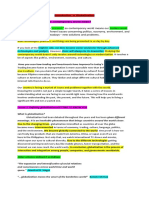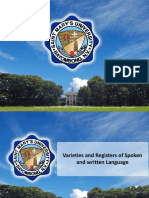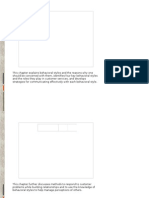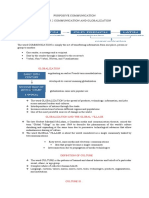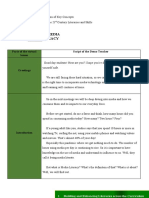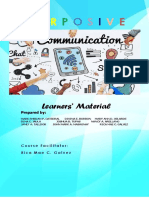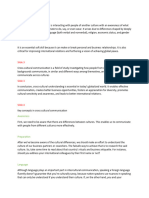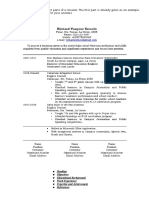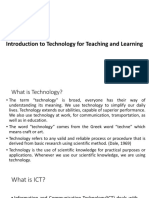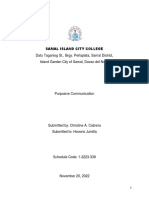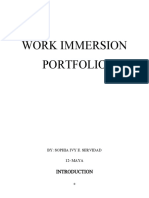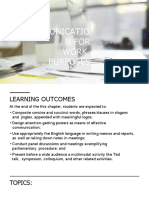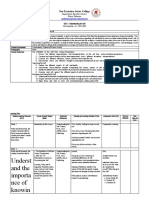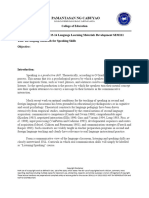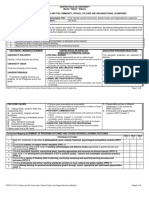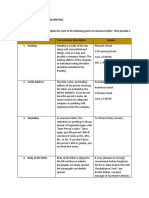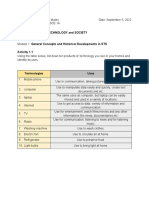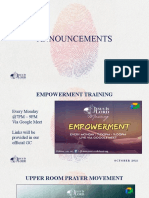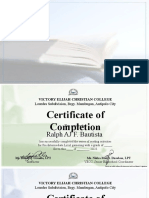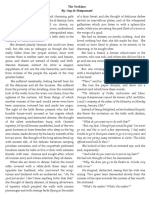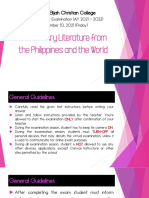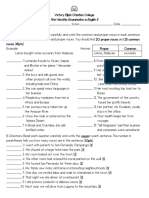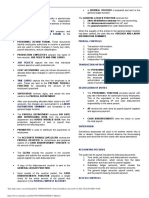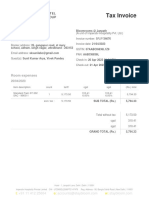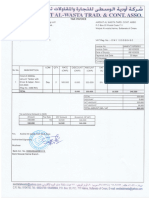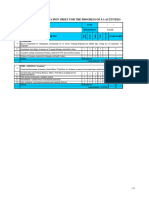0% found this document useful (0 votes)
177 views104 pagesPCom - Lesson 16
This document provides information on workplace communication and business letters. It discusses considering purpose, audience and tone when communicating in a workplace. It outlines the broad categories of upward, lateral, downward and outward communication. It also describes the typical parts of a business letter including the heading, inside address, salutation, body, complimentary close, signature block and enclosure. Finally, it discusses the block, modified block and semi-block styles of business letters and some frequently written types such as request, inquiry, order and complaint letters.
Uploaded by
Ron GruellaCopyright
© © All Rights Reserved
We take content rights seriously. If you suspect this is your content, claim it here.
Available Formats
Download as PDF, TXT or read online on Scribd
0% found this document useful (0 votes)
177 views104 pagesPCom - Lesson 16
This document provides information on workplace communication and business letters. It discusses considering purpose, audience and tone when communicating in a workplace. It outlines the broad categories of upward, lateral, downward and outward communication. It also describes the typical parts of a business letter including the heading, inside address, salutation, body, complimentary close, signature block and enclosure. Finally, it discusses the block, modified block and semi-block styles of business letters and some frequently written types such as request, inquiry, order and complaint letters.
Uploaded by
Ron GruellaCopyright
© © All Rights Reserved
We take content rights seriously. If you suspect this is your content, claim it here.
Available Formats
Download as PDF, TXT or read online on Scribd
/ 104

